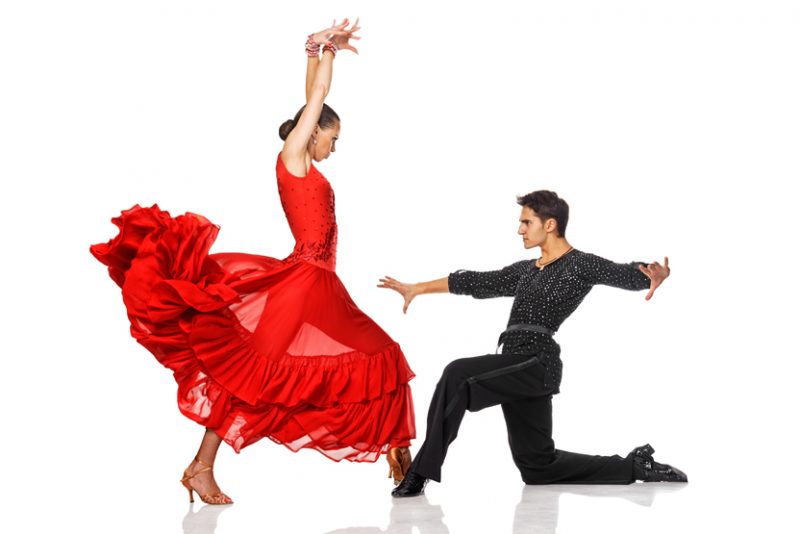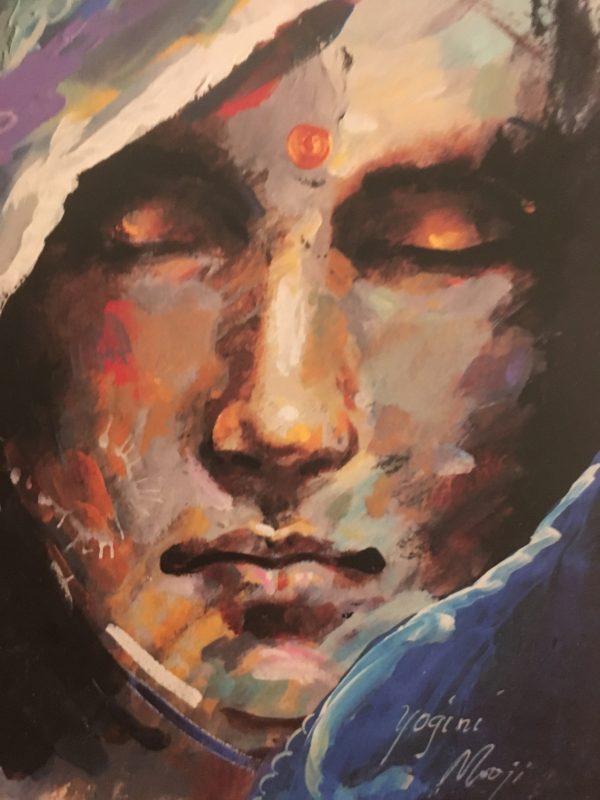The role of the designer and transdisciplinarity as a way of seeing and being
Posted on December 15, 2016Approaching the end of this first semester in the Transdisciplinary Design program at The New School, I would like to take a moment to think through what I believe to be the most valuable qualities that transdisciplinary design can bring to the table in the face of the systemic challenges haunting our political, economical, ecological and social systems. I will do so by focusing primarily on ways of seeing. To translate into practice, ways of seeing obviously need to be backed up with concrete tools, methods, programs, concepts or other modes of expression. Too often however I find in design and in other disciplines attempting to intervene in a variety of dysfunctional systems or situations, that we put too much faith in or focus on “objective measures” or standardized tools, too little on the seeing that puts these tools into practice. Zooming in on ways of seeing is also an attempt at designing the human back into our systems. Or, in this case, to design the designer back into the system of design, using my own very personal views to reflect upon what inner qualities may be worth nurturing as a transdisciplinary designer.
So, let´s start with transdisciplinary ways of seeing that I consider to be in service of transformative change. Transformative change meaning sustainable, systemic, adaptive and resilient changes in systems in a particular direction defined by the designer in collaboration with a variety of stakeholders. This stands in contrast to temporary or surface-level changes, band aid solutions that calm down an immediate outbreak, but fail to address deeper issues. To get to these deeper issues, requires an embrace of and an understanding of complexity and how it operates. In other words unpacking the playing field that you are working with, the systems, agencies, power dynamics and tangible and intangible elements affecting a particular situation, the variables of your equation. Also – understanding these elements “in motion”, as evolving systems, moving images, a “dance with complexity” as a commonly used design phrase eloquently puts it. Further, understanding and intervening in this complexity requires an ability to zoom in and out across various scales, from the most intimate and personal to the structural, from this moment back through history and forward towards the future. It requires a zooming in and out between theory and practice, where you gather enough information to have something solid to act upon, then test your way forward towards an understanding of what works as well as the nature of the system, bringing you back to theory which pushes you out again into practice. It is indeed a dance, between reflection and action, intuition and analytical skills, deep empathy and cold evaluations, local and specific and global and structural. It is an abandonment of the old search of “truth” as an objective reality out there that can be discovered, manipulated, controlled or fought for, towards a strategic maneuvering of ever-changing variables towards a preferred state. It is indeed a major step away from how the world is run and how most problems are defined and tackled, but it is also a major step away from how most of us are taught to see.

So zooming out of the “generals” of transdisciplinary design, and switching our magnifying glass back towards the human being attempting to practice this craft – what personal challenges might a transdisciplinary designer face in attempting to put this kind of seeing in practice? What kind of personal qualities could it benefit the transdisciplinary designer to nurture? What personal objectives might help in the transition towards an integration of practice and person?
To start unpacking these questions, I will grasp this moment in time as a chance to reflect upon some areas of personal challenge and areas of growth that I have encountered in the last few years during my emergent transition towards a systemic and transdisciplinary seeing, being and doing. I will also consult Donella Meadows – my newfound comrade in the intellectual realm – in addressing these challenges as design opportunities. And yes, I see this type of self reflection as a design opportunity – a redesign of sorts of our own way of seeing and operating, that ideally happens in parallel to the process of questioning and redesigning systems outside of ourselves.
So let´s start with Meadows and “Thinking in Systems”, where she states that there are no cheap tickets to mastery when it comes to intervening in complex systems. “You have to work hard at it, whether that means rigorously analyzing a system or rigorously casting off your own paradigms and throwing yourself into the the humility of not knowing. In the end, it seems that mastery has less to do with pushing leverage points than it does with strategically, profoundly madly letting go and dancing with the system” (165). What does it mean to madly let go and dance with the system? In my view, It means searching for clarity while embracing uncertainty. Allow space also for you own inner mess, your own inner complexity and conflicting dynamics, your own unknowns and built-in mysteries. It means to hold this tension, within yourself, accepting errors along the way, staying with yourself, empathizing with yourself even when you fail. In Meadows´s words: “Error embracing is a condition for learning… (…) Both error embracing and living with high levels of uncertainty emphasize our personal as well as our social vulnerability. Typically we hide our vulnerabilities from ourselves as well as from others. But… to be the kind of person who truly accepts his responsibility… requires knowledge of and access to self far beyond that possessed by most people in this society” (181). What does it mean to know oneself? It means to dare to look at yourself, all of it, the good, the bad and the ugly. Use the irritation, the excitement, the discomfort or the joy sparked by outside influence to inform you of your own being. Study yourself as much as you study the outside the world, paying attention to the forces of self as well as external forces, carefully study how they operate in relation to one another. Meadows says: “I had learned about dancing with great powers from whitewater kayaking, from gardening, from playing music, from skiing. All those endeavors require one to stay wide awake, pay close attention, participate flat out, and respond to feedback. It had never occurred to me that those same requirements might apply to intellectual work, to management, to government, to getting along with people” (170). This “dance”, as I see it, is on one hand about learning to let go of one´s own ingrained beliefs to allow a different perspective, or a different state, pace, operating system to inform your inner movements. It´s a form of deep empathy, or acceptance, which is an expansive state. On the other hand, it´s about learning to set boundaries for yourself, develop a sense of integrity and worth, respecting the limitations set by our bodies and emotional capacity. Know when to entertain the dance and when to rest, realign.

Going back to the questions I posed, the challenge in engaging in this “dance with complexity” in many ways comes down to comfort. Learning how to be comfortable with discomfort. Learning the difference between when to stay put, let things be, and when to engage in battle. When to push and when to surrender. When to open up and when to draw a line. The personal qualities I see a transdisciplinary designer would benefit from nurturing is self-respect. An expansive mind and heart. Elasticity of this mind and this heart, morphing with the opportunities and limitations set by the world and by our own material existence. In terms of a personal objective to help guide this never-ending striving, I would see it in the realm of shedding yourself from too much attachment to a personal identity as this, that or the other. Allow the shifting states of self to play out, manifest, play, then go, reappear, sometimes morphed, sometimes in a very familiar shape. Watch this play, stay silent while the inner dance of body, mind and spirit does its thing. In the words of Donella Meadows: “There is yet one leverage point that is even higher than changing a paradigm. That is to keep oneself unattached in the arena of paradigms, to stay flexible, to realize that no paradigm is “true”, that every one, including the one that sweetly shapes your own worldview, is a tremendously limited understanding of an immense and amazing universe that is far beyond human comprehension (…) It is to let go into not-knowing, into what the Buddhists call enlightenment” (164).
/Johanna Tysk